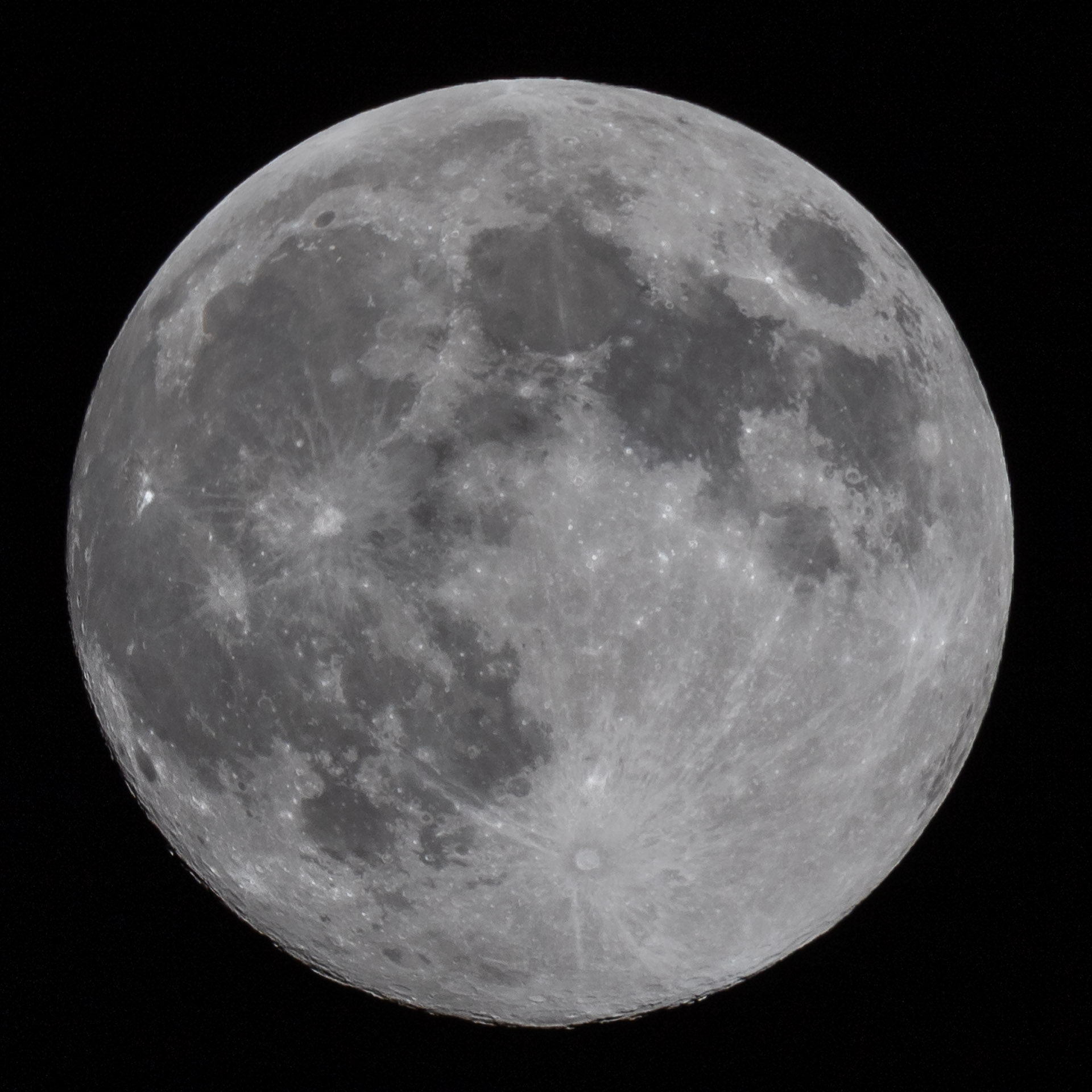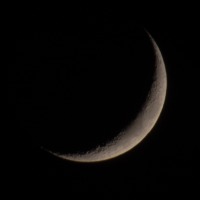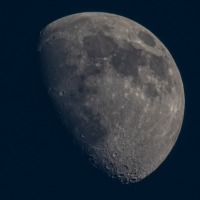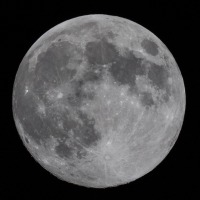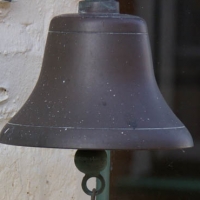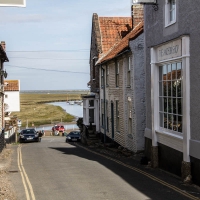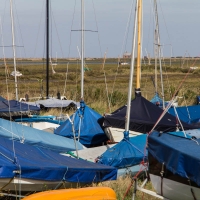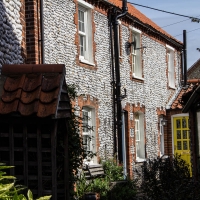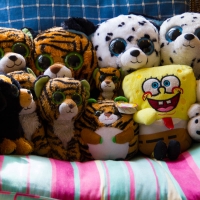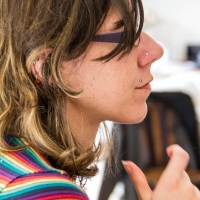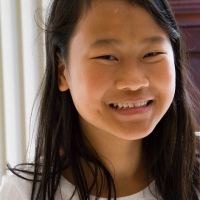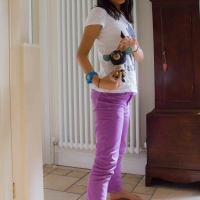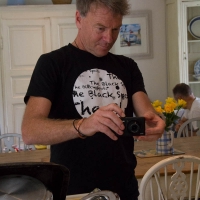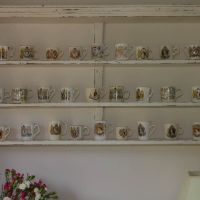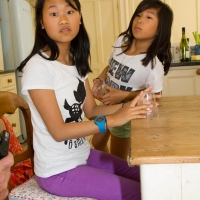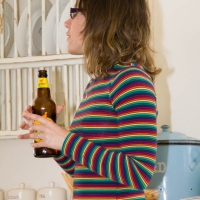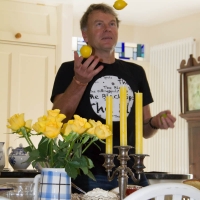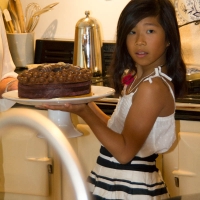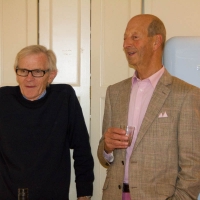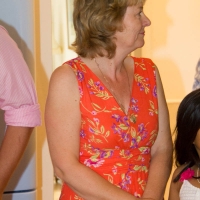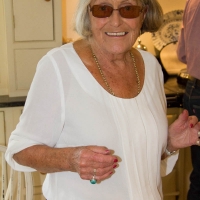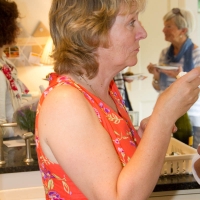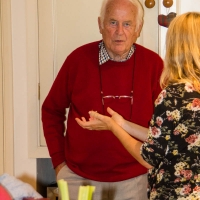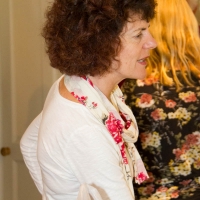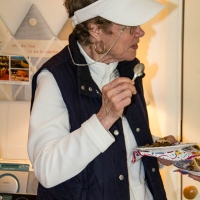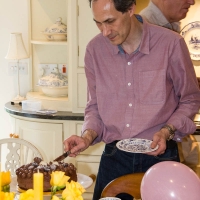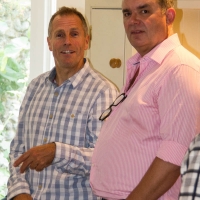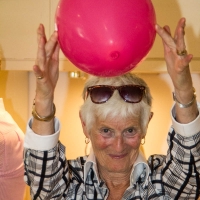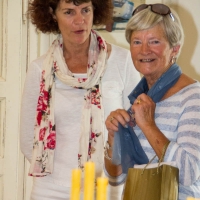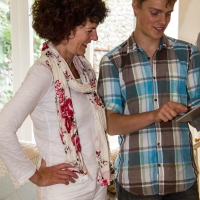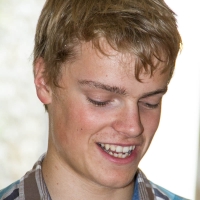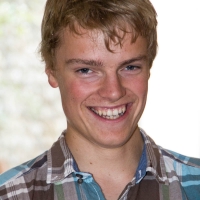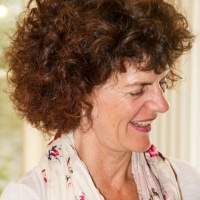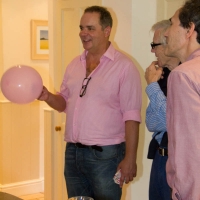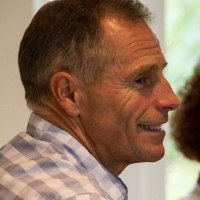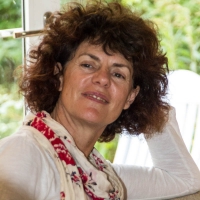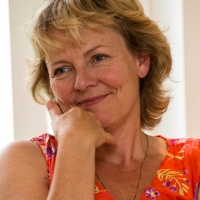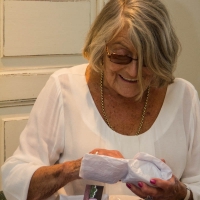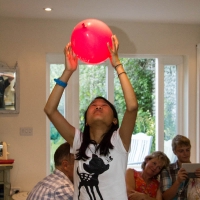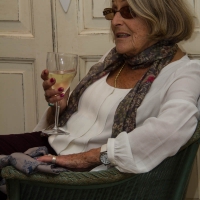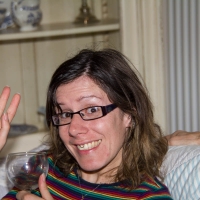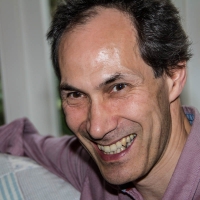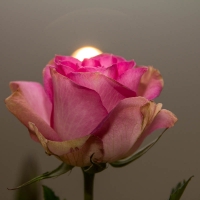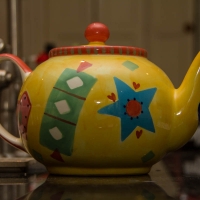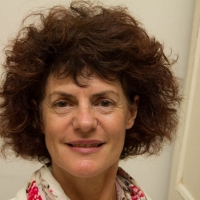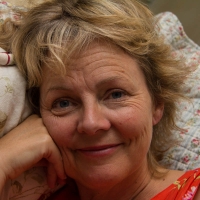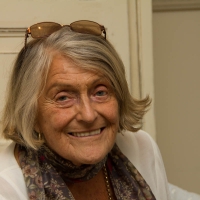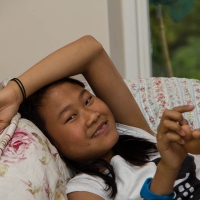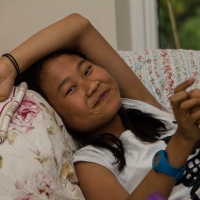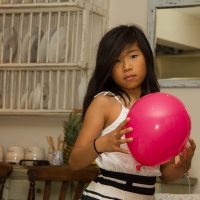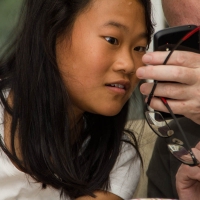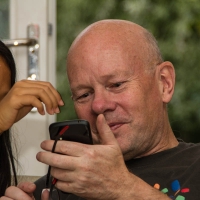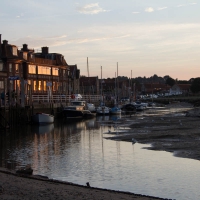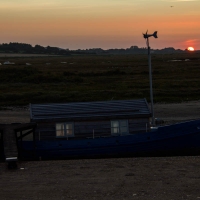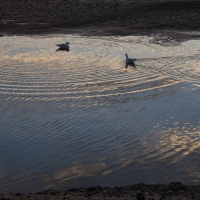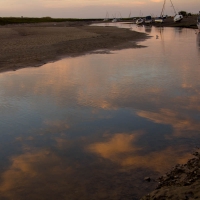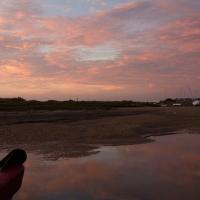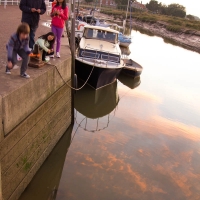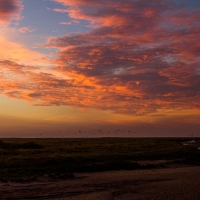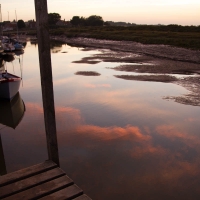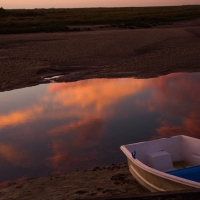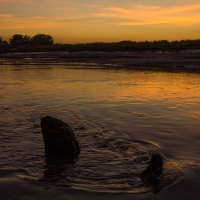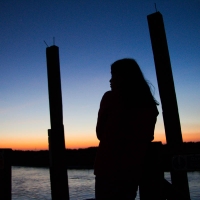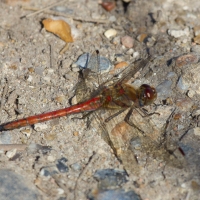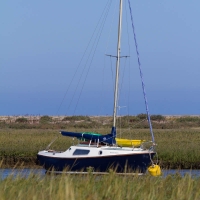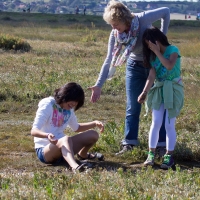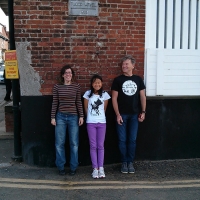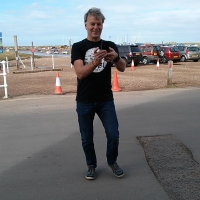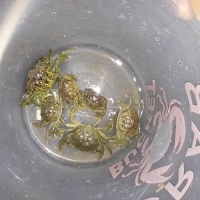From the 25th April to the 6th Of May I took several pictures of the moon. On the 6th of May, there was a full moon, indeed a supermoon. The May full moon is 2020’s third and final full supermoon, and it’s also the third-closest, third-biggest and third-brightest full moon of 2020. All photographs were taken on a tripod, with a 2-second delay for the shutter. The exposure time was around 1/80 of second at f16 ish
Category Archives: Uncategorized
Oxford and Cambridge Weekend
Saturday – Oxford Conference
For several years we have been meaning to attend a one day conference at Oxford University on various topics concerned with the History and Philosophy of Physics. These conferences run about three times a year and are organised by the Post Graduate college of St Cross. They appear to be open to anyone.
We dutifully made full use of our old people’s bus passes and parked at the Bicester Park and Ride (still free) and took the S5 into Oxford. We walked to the Martin Woods Lecture Theatre for our days’ conference on The Rise of Big Science in Physics.
Big Physics: The Manhattan Project
The first session was a history lesson given by Professor Helge Kragh from the Niels Bohr Institute. This lecture charted the history of Big Science before, after and including the Manhatten Project. We heard about the Leviathan of Parsonstown, a large telescope built by William Parsons, 3rd Earl of Rosse which was the largest telescope in the world from 1845 to 1917.
The liquefaction of Helium was an expensive project first undertaken by Kamerlingh Onnes. In 1904 he founded a very large cryogenics laboratory and invited other researchers to the location. In 1908 he was the first to liquify helium. He also discovered superconductivity and superfluity during this research.
Big science ramped up in cost when high energy synchrotrons were built. These were necessary to understand the building blocks of life. They became more costly as they became more and more powerful.
During the war, the Manhattan Project to build the Nuclear bomb was an expensive project, which involved organisations from across America. In today’s money, this project cost $20 billion. Huge industrial plants were built to separate the uranium isotopes.
We heard how the Americans led the high energy physics until the Europeans got together after the war, coordinated and jointly funded CERN to build powerful cyclotrons. We also learnt a little about the Russians and their spying.
CERN
Dr Isabelle Wingerter from the French National Centre for Scientific Research talked about CERN, and the Large Hadron Collider built to find the Higgs Boson particle. Listening to her talk, you became amazed how these large projects are run. How technology advances during the build, and how the documentation and project management must be an absolute nightmare. Definitely going to visit CERN when we are in the area again.
ITER
Next up was Bernard Bigot, the director-general of the ITER project. ITER is a Nuclear Fusion reactor being built in France. It will be the model for commercial reactors and should be the first reactor to generate more power than put in.
The project is funded by China, EU, Japan, Korea, Russia and the USA. Components for the reactor are built in all the counties and shipped to France to be assembled. The agreement to build the reactor was signed in 2006. All members of the project share all the intellectual property rights generated by the project. The UK participates, and the fusion reactor at Culham is used to prototype technologies to be used in ITER.
This reactor should generate 500MW for 50 MW put in. Commercial reactors will be larger. The reactor works at high temperatures and uses a magnetic field to keep the plasm in place, The device is huge, with 18 Toroidal Field Coils weighing 360 tons each. They are built to a precision of 0.2 mm. The central solenoid is 1,000 tonnes and powerful enough to lift an aircraft carrier out of the water.
The work is progressing on time, work started on site in April 2014. The next two years are crucial with most of the large components being delivered and installed. Then comes the long few years in commissioning the equipment. The first plasm should be generated in December 2025.
Lunch
We left for lunch and had soup at the Pitt Rivers Museum. The queue was busy when we arrived. A few from the conference were there also. A thought, each session of the conference was around 30 minutes, with questions afterwards. Some of the questions were rather bizarre. One attendee was asking about documentation, and how to get these large projects documented. He found nobody wanted to update the Wikis. Isabelle said there was nothing better than human interaction and meetings. But what happens years down the line when everyone has left.
Interesting to hear how the published papers now had hundreds to thousands of names as authors. These were the researchers, but not the technicians who built. operated and serviced the machines.
ASTRON
Professor Carole Jackson from Astron, The Netherlands Institute of Radio Astronomy talked about the mega projects in Astronomy. Here we learnt about the creation of NASA and how they were the birthplace of big astronomical projects. We again heard about the hyper authors, with over a thousand authors named on a paper.
As well as building large radio telescopes, there is collaborative research where telescopes are linked together across the world to make one large machine. Pure Science research requires global participation.
Look Ahead at the Next Decade
Dr Michael Banks a journalist from Physics World, Institute of Physic Publishing, took a look into the next decade.
In 2021 we should have the launch of the James Webb Space Telescope. This will work in the Infrared and is a joint project from NASA, EAS and CSA. $8.8 billion
2025 The European Extremely large telescope with a 39.9-meter diameter dish. This will be used to searching for exo planets. $1 billion.
The Square Kilometre Array, thousands of radio antenna, building in South Africa and Australia. (low radio interference) $1 billion
2027 Long baseline Neutrino Facility. A proton accelerator and neutrino detector. Built-in Fermilab and Sanford. To detect the symmetry violations in antimatter. 180 organisations including CERN. Cost $1.5 billion
2027 Hyper Kaniokande, 260,000 tons of pure water in a mine in Japan to detect the symmetry violation of neutrinos. Why is there more matter than antimatter? $0.8 billion.
2035? International Linear Accelerator. 20 km accelerator (250GeV) with two detectors. To study the Higgs Boson in greater detail. To be built in Japan, $7.5 billion
2040? Compact Linear Accelerator 11 km tunnel (380GeV) CERN, further study of the Higgs Boson. $6.0 billion
2040? Future Circular Collider. 100 km tunnel, first stage 250GeV, then 100TeV with protons. Higgs Boson and look for further particles. $9-25 billion
Tea
Tea was taken in the Physics Department. Chatted with a couple of attendees. One was a questioner, who had a bone to pick on documentation. Hopefully, he won’t be at the evening meal.
Closing
Professor Frank Close closed the proceedings with a summary of the days’ events.
Conference Dinner
Dinner was held at St Cross College. We arrived in plenty of time and sat in the Common Room waiting for pre-dinner drinks. Close examination of the pictures on the wall, which had all been bought in a few years from a bequest. The College was founded in 1965, admitting its first five graduate students a year later. The College moved to its present location on St Giles in 1981.
After preprandial drinks, we went into dinner. Rosemary and I seemed to be seated in quite a good position on the table. Near to the organisers and some of the speakers. Our dinner, which included wine was.
Twice-baked cheddar souffle
Confit of duck with spiced plums, celeriac mash and flageolet bean ragout.
Vanilla baked cheesecake with roasted spiced plums
Coffee, mints & petit fours
It was an enjoyable evening with lots of conversation. We left and caught the S5 bus home. Busses seem to run late into the evening and well past midnight in Oxfordshire.
Sunday – Cambridge Society
Next day was the Berkshire branch of the Cambridge Society AGM. It had been scheduled to be the last AGM. This was to be the winding up AGM as there was no one wanting to stand as committee members. Thankfully two new members were found and we are going forward.
The meeting was held at Hurley Village Hall. We held the AGM, over quite quickly. We then ate lunch, each of has brought along a dish. Then there was a talk on a cruise from the UK, to France around Spain and back again. This did not persuade Rosemary to undertake any more cruises. We might visit Bordeaux though.
I came away not a member of the committee. We were asked to look at whether it was possible to organise a tour of the Space Centre at Wescott.
Ann’s 80th birthday party
The Tilted Kilt in Wethersfield
Glastonbury arrival, Ginza and Chipotle
My drive to Wethersfield was a doddle. So armed with my trusty printed out Google turn maps I drove to Glastonbury and the offices where I am to work for the next few days. Suffice to say the time taken for this 3-mile drive would have got me 60% of the way back to Boston. Somewhere I went wrong and drove up and down every road in Glastonbury, Connecticut. Yes, I was forced eventually to ask someone for directions. I blame Google, they made me drive some circuitous route, so I did not have to turn left over traffic lanes. When I got to where I was driving there were no such restrictions, even had traffic lights and signs telling me to turn left.
So, I am in these big offices with no one there. They all work from home. First job was coffee. Do you know, they actually have Starbucks in America. Would you believe it? Back to work, and then lunch. Chipotle a fast-food Mexican. Not too bad, I knew of the chain from the podcast program TWIG (This week in Google).
Back to the hotel, shower to remove all the leaky biro that somehow has destroyed my pants (ok, trousers, but I am in America), stained my new, white Samsung Galaxy 3 S (you should have heard Rosemary laugh when I showed her the phone on FaceTime), and marked my legs with a blue smear.

Out to supper at the Ginza, a 3-minute walk. Pissed off all the drivers as I turned the lights red on the multi lane highway. Ginza is a Japanese Sashimi and Sushi place. Yes, I am looking forward to the results of the raw fish in a couple of days’ time. Quite expensive, well over budget, so tomorrow it’s going to be the Red Lobster. It was the cute Chinese girl who on commission got me to have the special starter. I was not going to have a starter, and no way one that cost as much as the main meal. It though was the best part of the meal. Crab on raw tuna. The Sushi main course was a bit ordinary.
On the way back popped into a liquor store. My God, the number of bottles. I have never ever seen anything quite so large and well stocked with such a huge variety of drinks. I came out with a bottle of Makers Mark which I am quietly shipping while writing this blog entry.
Thursday Condors and Volcanos
Holidays seem to be hard work, up at 5.30 to spot some birds in the highlands of Quito. We travelled by bus to a national park with a fantastic view of the highest active volcano. On the way and on the way back we managed to spot condors flying. Once we managed seven at the same time. In all there are 100 Condors in Ecuador, so we must have seen 10% of them.
We saw all hinds of other birds including the giant humming bird. Back to the hotel and beers and dinner in the restaurant.
Rosemary went to a traditional craft market, where she bought some water bottle holders and scarves.
Wednesday and leaving the Galapagos islands
Up early at 5.00 and a quick pack and wash, then out on to the Pangas for a quick sortie through the Mangrove swamp. Saw small black tipped shark, Pelicans, a couple of turtles, a couple of species of Herons, on the way back we witnessed a feeding frenzy of Blue footed Boobys. Over 100 diving into the water to catch fish only yards from the Pangas, even on 100 mm I was hard pressed to capture the scene. It was an amazing spectical.
Back on board for breakfast and then we disembarked at 8.30, caught the bus fro the short. Trip to the airport. Checked in and away at 11.30 for the direct 2 hour trip to Quito.
Back at Quito we went has a group evening meal at La Choza. This was an Ecuadorian restaurant. Looked great, but the service was odd, main courses arriving before starters, and the food was in the main not so good. Much of it tasting similar with no strong flavours. I don’t think I will go out of the was to eat the same food again. To bed early as up at 5.00 for more bird watching in the Andes mountains.
Tuesday on Tower Island
During the night we crossed the equator on our way to Tower Island in the Galapgos. We arrived in the early hours of the morning. I heard the anchor being dropped. Tower island is the top of a volcano, with one side collapsed so boats can enter. It is deep at 250 meters, and the sides are shear. It does not rise far above ground. The boats anchor near the beach where the water is shallower. We were up at 6.00 for our walk. The Panga took us to the far tip of the flooded volcano, where we climbed some steps. Amazing view of the sea birds sitting around. Alas unable to take any pictures, usual problem of the camera lens being steamed up. As we moved off, the lens cleared and I was able to take a few pictures of Red Footed Boobies. Rosemary spotted a Short Eared Owl in a crevasse, was able to get some reasonable pictures of it.
Stormy Petrels were flying up and down the coast. I could see thousands upon thousands. It is estimated a million live here. We did not get close to these birds.
Male Frigate-birds were displaying their red pouches looking for females. Several even flew with their inflated pouches, a risky business in windy conditions, often resulting in aviation disasters. Lots of single chicks were being reared by their parents.
Our last finch was spotted. Rather elusive, so some rather poor photo shots of the Sharp Beaked Ground Finch.
Back on board, we changed quickly for swimming. Pangas taken out to the steps which we had earlier climbed. We swam along the cliffs, I kept in close because there seemed to be little to see in the depths. On the cliff walls there were some lovely sea anonemes and urchins. Some white tipped sharks were spotted. No sea lions, but fur seals instead.
Back at the boat for lunch, and a snooze.
After noon was meant to be a trip on to shore and or some swimming. Instead we elected for a quick swim off the sailing boat and then to motor back to the airport island. A Sea Lion appeared for the swim, though it studiously kept clear of me. Other tourists were rather more lucky. Early on in the trip, before the sun set, we were able to watch a school of Dolphins swim by. There could have been at least 50 and there were jumping. We followed them for quite a long time, even heading back from where we had come from.
We were on the deck for the sen set, have some pictures of the sun going down over the sea. Not a particularly spectacular set, but clear so you could see the green flash as the sun disappeared below the horizon. Lorraine reckons she has the flash on her pictures. The Southern Cross, Orion’s belt and the Plough were in view.
After sunset we crossed the equator and had a celebratory cocktail with the crew, and stood in the captains bridge and photographed the GPS as it made zero.
Supper bell rang and we had our final good meal, well expect for tomorrows breakfast.
Monday Santa Cruz (Cero Dragon) and Santiago Island (Sullivan Bay)
Long trip to Santa Cruz Island overnight, but today was the first time I did not hear the anchor being dropped. Early start, breakfast at 6.00 and then out for our walk. This was an undulating path past some small lakes and then rising slightly to a low ridge which gave a good view of the sea, islands and our boat. There was a lot of vegetation, trees, scrub, bushes. I dropped back from the group, and the silence was wonderful. No sound of people, no sea shore sound, just the squawks of the birds. I have several videos of the area, taken for the bird song.
On the sea shore we spotted a Wimbrel and a Heron. When I was back at the shore there was also a Lava Heron. Walking inland to the lake there were a couple of Flamingos and Stilts. Some pintail ducks also, but I don’t believe I have any pictures of them. Flocks of finches, and insect eaters were to be seen.
Carefully navigating the path, in fear of stepping on land Iguanas we photographed our way through numerous spiders.
Making my way back to the boat I came across a lost Loraine, and then some dragon flies which we stopped to photograph.
On the boat the sails were set, more for show as there was no wind. We proceeded to motor towards Santiago Island, stopping for a short break by a school of Dolphins. There were about 40 of them, and they didn’t really want to play, despite a delegation of humans being sent out on a Panga to parley with them. They did though give me a brief display in the bow wave of the Chacalote.
At around 12 we made anchor in Sullivan Bay on the East of Santiago Island. Hopefully we will meet with the Galapagos Penguins as they make their way home to roost. At lunch we can now only view the very lunar landscape of lava flows and the cones of dormant volcanoes. There is very little vegetation to be seen on this relatively young island.
After lunch we went for a swim, intention was to see some Galapagos Penguins which we did. Chased after them when I saw them, and eventually a group were spotted on the shore, watched these only from a couple of yards away. These two eventually dived in and swam towards me. I could have touched them as they swam past me.
After swimming we went for a walk on the Lava flow. This was really interesting with the glass like solid lava, with the swirls and eddy ripples as it froze. The walk was cut short as the birders became bored with the geology and we made our way back to the Pangas for more Penguin spotting. On the way back 0ne of our party fell and badly cut himself on the Lava. Amazingly, the other yacht in the bay, had a doctor on board who soon stitched him up & bound his broken finger. Better treatment than at home, we all said. Darwin had visited this island and had walked to the summit. It had been teeming with Iguana, but now there are no Iguana, all wiped out by the Volcanic eruptions in the late 1800s.
The Panga trip was well worth it, we viewed an area where the lava had surrounded old volcanic craters, then we saw the penguins on the lava flows. Able to get some pictures of them in the dying light.
Supper was more yummy fish, beers and wine. At last I saw the Southern Cross in the skies, along with a magnificent milky way.
Sunday Floreana Island
The boat weighed anchor shortly after supper and the briefing. On deck we had a good view of the stars, but the Southern Cross was too low to be seen through the haze. A Swallow tailed gull, looking like a ghost followed us across the Pacific to Floreana Island.
In the morning we were anchored off Champion Island. An early start and onto the Pangas before sunrise at 6.00 am so we could see the Charles Mocking bird, found only on Champion Island. This version of the mocking bird is almost extinct.
Back to the Cachalote for breakfast at 7.00 and a wet landing at Cormorant point on the island of Floreana. Here we walked along a black path made of volcanic ash. The low cliffs were also very crumbly volcanic ash. On the beach were two different species of Herons, very obliging had their photographs taken. Walked to a lake where there was a lonely Flamingo. The flamingos are unable to breed due to the rat problem. The rats suck the contents of the eggs out. Was also explained how during the Turtle hatching day, (full moon) the park wardens have to throw nets over the hatched turtles to catch the rats who arrive at the same time as the hatching takes place.
Walked further on to a white beach, here we waded into the water taking Care not to tread on top of the rays. A couple of rays in the shallow water brushed up against my feet. Same time there was a small shark in the water.
Back to the first beach to clamber on board the Pangas and photo opportunity of a couple of penguins. The only penguin species who breeds naturally both North and South of the equator. They are also the second smallest penguin breed, smallest living in Australia, Selina paid this a visit this year.
Snorkelling was off Cormorant Point at the Devils Crown, an old flooded volcano. Here we saw a huge Sting Ray, sharks, usual fish, and I was with feet of Sea Lions swimming. Best Snorkelling of the week so far, clear water.
Back on two the boat to Velasca Ibarra Port. On the way we stopped at Post Office Bay to leave a post card, and picked up a couple of cards for delivery. One was to a doctor at Gonville and Caius collage, Cambridge, and the other to Sawsteon hall in Bury St Edmunds. On the boat again for lunch, soup, then beans, salad and Tuna steaks. We finished off with fruit salad and coffee.
Here we took a bus lorry up to the highlands, on the way it started to rain, but finished in the 30 minute drive up the hill. At the top we saw a place where they where there was a large enclosure for tortoises. These were from many different islands and had successfully hybridised. The park were going to try a test reintroduction of male only tortoises to see the effect on the plant life. A whimbrel was spotted, but no crates.
The return trip was on top of the bus/lorry, which I have videoed. Back on the boat for a couple of beers on deck and then the supper of chicken escalope, potatoes, diced carrots and lettuce.
Boat set sail as soon as dinner was over for a 6 hour trip, we will be up at 6 for breakfast and then an early morning walk. Hopefully some sailing tomorrow as well.
Highlights of the day were the snorkelling, the penguins, I have a picture of one swimming under water minus his head, and also the walking amongst rays on the beach.
.
